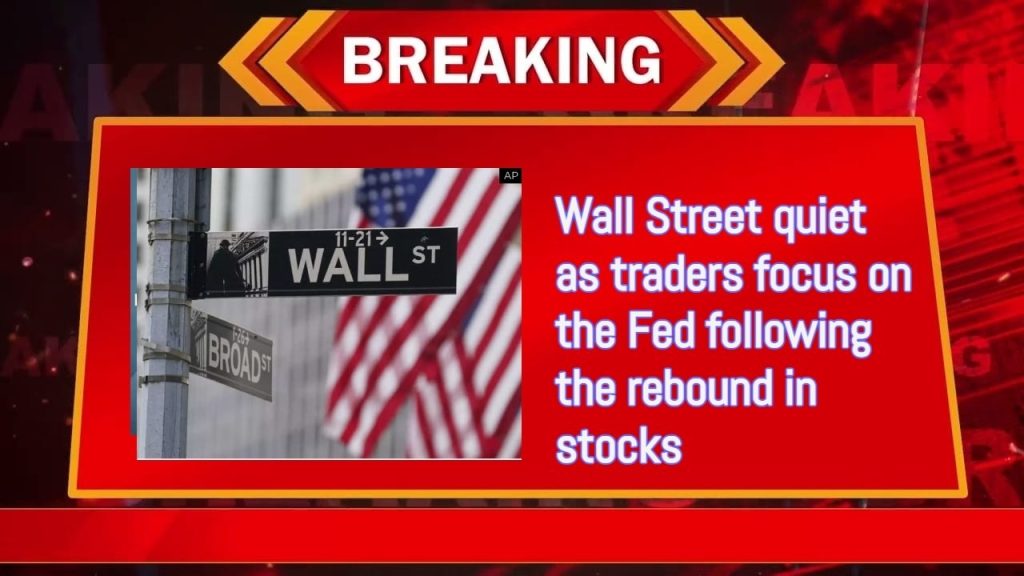After a protracted rally that sent global equities to all-time highs, investors were idling their capital on Wednesday, waiting for the Federal Reserve to drop interest rates.
When Fed Chair Jerome Powell talks on Friday at the Fed’s Jackson Hole conference in Wyoming, it is anticipated that he will further solidify the belief that the central bank is about to begin loosening credit conditions after containing the worst inflation outbreak in 40 years.
While gold stayed close to Tuesday’s record high due to the dollar’s weakness on the possibility of rate cuts, oil prices were driven lower in early afternoon U.S. trading. On Wall Street, the Nasdaq Composite increased by 0.3% to 17,871, the S&P 500 climbed by 0.28% to 5,612, and the Dow Jones Industrial Average remained nearly unchanged at 40,858.
Creating Fewer Jobs
With a gain of 0.27%, the MSCI All Country index of world equities is now up 13.5% for the year and close to its record high set in mid-July. The STOXX index of 600 European companies was up roughly 0.3% and getting close to its all-time high, which was established on June 7.
The Labor Department announced on Wednesday that U.S. firms created substantially fewer jobs in the year through March than initially reported, highlighting the Fed’s mounting concerns about the state of the labor market. Later on Wednesday, the Fed is also anticipated to release meeting minutes that support a dovish outlook.
“We anticipate that the chairman of the Federal Reserve will keep hinting that a rate cut is likely in September. However, if any mention of how sticky inflation is is made, investors might be let down by the remarks, according to Guy Stear, head of developed markets strategy at Amundi Investment Institute.
With a one in three likelihood of a 50 basis point decrease, interest-rate futures have fully priced in a 25 basis point reduction in US interest rates next month. There will be approximately 100 bps of cutbacks this year and an additional 100 bps the next year.
The yield on US Treasury bonds decreased. Late on Tuesday, the yield on benchmark 10-year notes decreased by 3.4 basis points to 3.784% from 3.818%.
Rate Cuts Without A Recession
The yield on the 2-year note, which normally follows forecasts for interest rates, dropped 7.2 basis points to 3.9284%. According to Ross Yarrow, managing director of U.S. equities at investment bank Baird, “a potentially unique situation beckons with material rate cuts without a recession,” in contrast to the environment that decreased borrowing costs in five of the previous seven reducing cycles.
“If we get a scenario where the Fed is cutting, inflation is falling and employment continues to rise, it really does start to look like a Goldilocks scenario,” Yarrow stated. “So I think the rebound in equities and their prospects from here are actually pretty good.” According to Sameer Samana, senior global market strategist at Wells Fargo Investment Institute, markets can still be restricted.
In an email, Samana stated, “We see markets are range-bound until after the November elections.” In August, the euro has also gained over 3% and is at its highest point since early December, at $1.115.
On Wednesday, oil prices dropped yet further. U.S. crude dropped 1.69% to $71.93 per barrel, while Brent saw a day-over-day decline to $76.09 per barrel. Gold prices were trading at about $2,500 an ounce, not too far from record highs reached on Tuesday.

